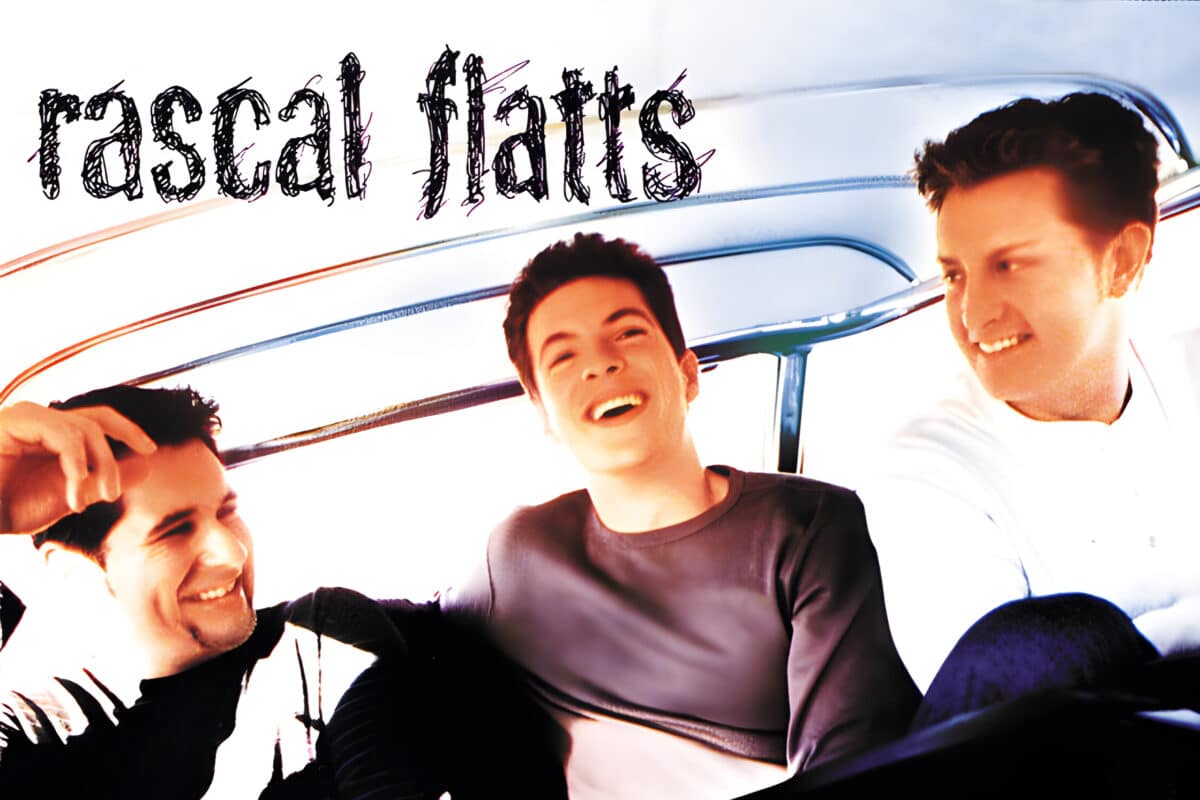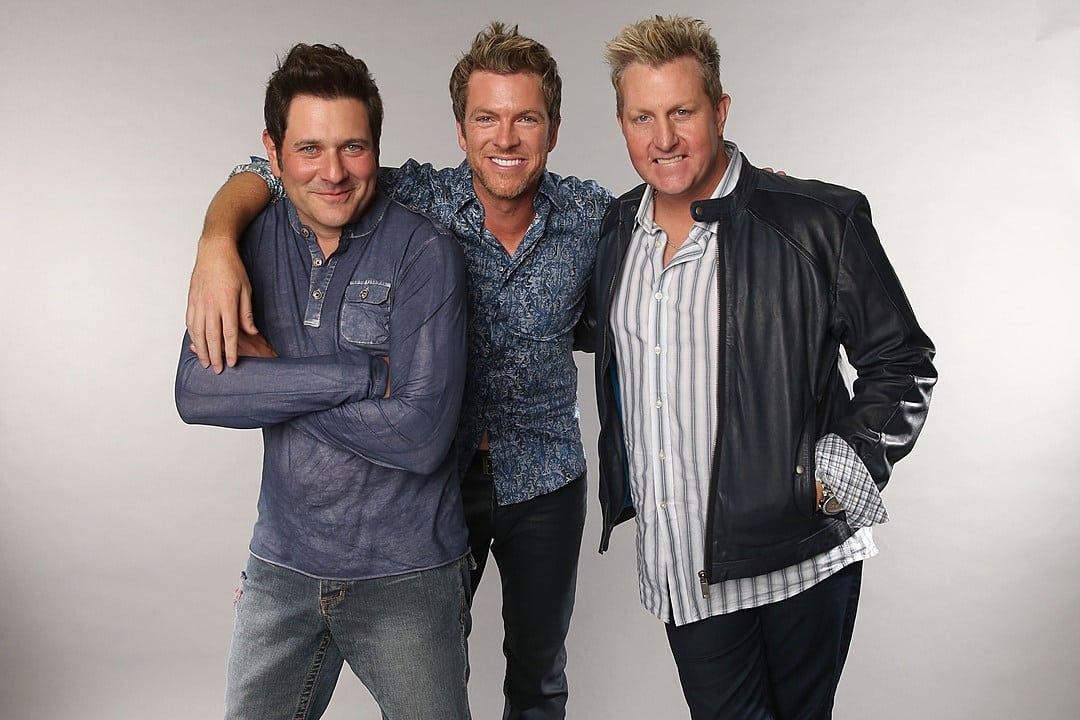Released: 2000
“Prayin’ For Daylight” by Rascal Flatts dives deep into the heart of loneliness and the longing for reconciliation after a breakup. The song vividly captures the feeling of lying awake at night, hoping for a sign or a change that will mend a broken relationship. It’s a raw, emotional portrayal of seeking solace in the hope of a new day.
The opening lines “I don’t wanna spend another lonely night” set the stage for a story of solitude and yearning. The singer is doing everything they can to get through the night – lights are on, TV’s playing in the background – but nothing eases the pain like the presence of the one they love. Here, the scene is not just about physical loneliness; it’s the emotional vacuum left by the person who used to fill these evenings with warmth.
As the chorus kicks in, “Prayin’ for daylight, waiting for that morning sun”, it’s clear that the night symbolizes a time of darkness and sorrow in the singer’s life. They’re not just waiting for the sun; they’re waiting for a sign, a change, anything that might signal that things could go back to how they were. The phrase “so I can act like my whole life ain’t going wrong” speaks volumes about putting on a brave face, pretending everything is okay when the sun is up, even though the world seems to crumble in the silence of the night.
In admitting “I made a bad miscalculation betting you would never leave”, the singer acknowledges a mistake, a misjudgment that led to their current state of despair. This line humanizes the singer, showing a vulnerable side that admits faults and holds onto hope for redemption. The emotional gravity of realizing the consequence of one’s actions and facing the solitude that follows is palpable.
By the bridge, “Hoping that I didn’t wait too long (I didn’t wait too long) / That this is just the dark before the dawn, oh”, we see a glimmer of hope in the despair. It’s a turning point where the singer starts to look forward, clinging to the belief that things can still turn around, that maybe it’s not too late. This moment is crucial, as it represents the spark of optimism that fuels the longing for reconciliation.
The song concludes on a note that’s both hopeful and desolate, with the repeated plea not to spend “another lonely night” praying for daylight. This cyclical ending mirrors the sleepless nights spent hoping for a change, embodying the tumultuous cycle of heartbreak, hope, and the relentless passage of time in the face of unresolved love.
Overall, “Prayin’ For Daylight” by Rascal Flatts is a poignant reflection on love lost, the darkness of loneliness, and the enduring hope for reconciliation. It touches the listener’s heart with its raw emotion and the universally relatable experience of longing for someone who’s gone.






